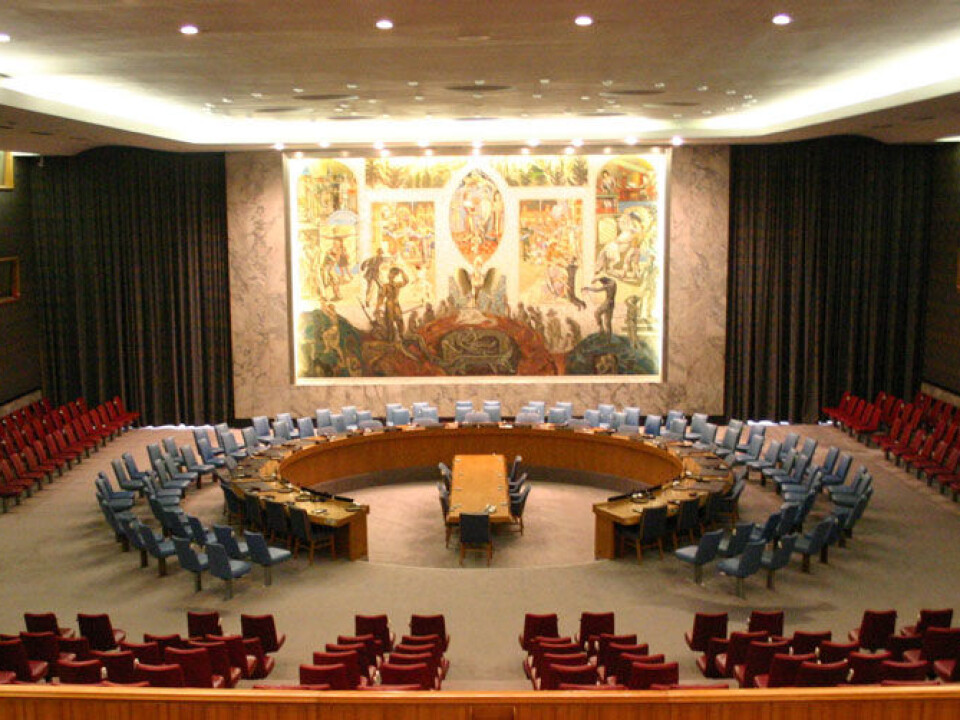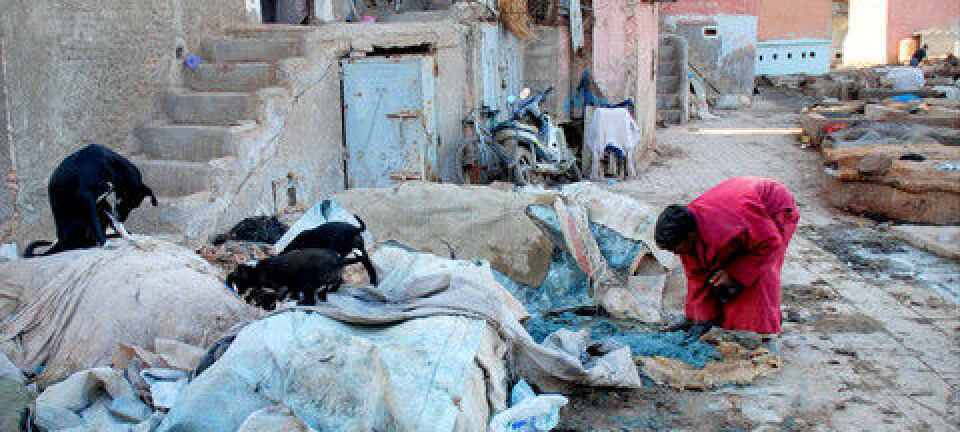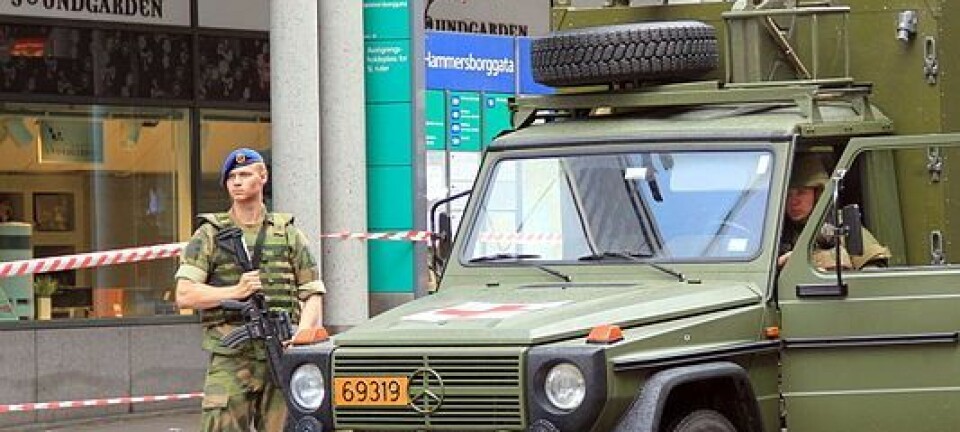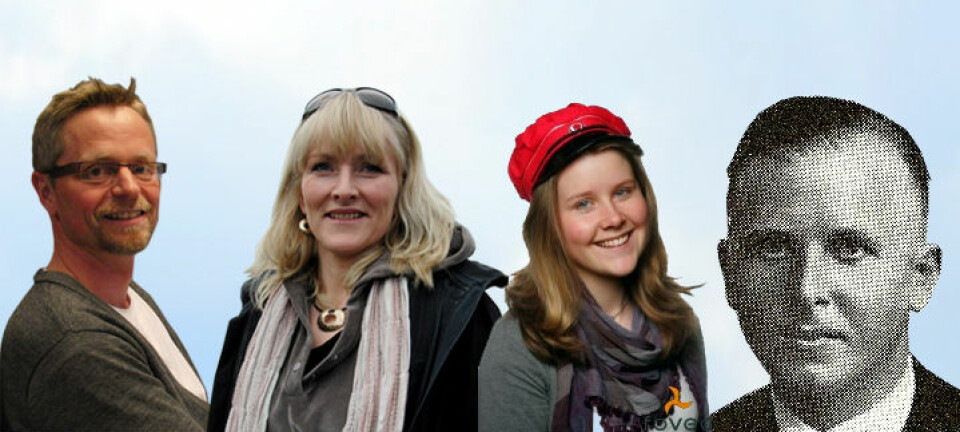
Wars decline but get more deadly
There were fewer armed conflicts in the world in 2012 than the year before. But the number of battle-related deaths rose dramatically, mainly because of the civil war in Syria.
The Uppsala Data Conflict Program (UCDP) relates that our world saw 32 active armed conflicts last year. This was a decrease against 2011, but the number of battle-related mortalities rose radically.
“The intensity of the war in Syria, as well as the international community’s impotency to do anything to subdue the conflict, contributes to a striking rise in the number of deaths. Battle deaths have been on the decline for many years but Syria represents a rare exception.”
“We hope this isn’t a new trend,” says Professor Peter Wallensteen of the Uppsala University’s Department of Peace and Conflict Research.
The escalation of conflicts in Somalia and Yemen also contributed to the numbers of such fatalities.

Researchers estimate that a total of nearly 40,000 persons were killed in war situations in 2012. Around 15,000 of these were killed in the war in Syria.
“The UCDP defines war situations as armed conflicts aimed at control of government or control of a territory, in which more than 25 persons are killed in the course of a year.”
“As regards the tally of armed-conflict fatalities, we exclude deaths from diseases, slows of refugees or epidemics,” explains Wallensteen, who is also UCDP’s director and founder.
Challenging fragmentation
In 1992 the UCDP reported 52 armed conflicts in the world and the number has gradually decreased. Since the end of the Cold War, 24 years ago, the number of such combat-related deaths surpassed last year’s grim figures in only six years.
“Before last year we saw a decrease in the number of deaths per conflict, but Syria is a departure from this tendency. The international community has also been paralysed by the break in communications between the USA and Russia, who are on separate sides in this conflict. It doesn’t look as if the great powers are able to communicate constructively with each other,” says the professor.
Can the major powers decide the outcome of this and other conflicts – what about the UN?
“The UN is still the most important organisation for peace and arbitrations in conflicts. But the dynamics of war have changed. During the Cold War we would see two clear fronts. But today we have a sundry mix of different players and this complicates peace negotiations.”
“We have a challenging fragmentation with all these parties in a conflict. The major powers, which still play a key role when it comes to contributions of weaponry and funding, are split among these players and don’t know whom to support – or whether they should support any at all,” says Wallensteen.
Warlords
He says certain entrepreneurs of armed conflicts, or warlords, complicate the situation all the more.
“They can also block solutions because they control resources such as minerals or run the drug trade, etc. Empowered by such resources, they can block solutions in a peace process. In Darfur, for example, there were originally eight players. But when arbiters were about to start negotiations three times as many parties in the conflict cropped up. This illustrates how complex it can be,” explains Wallensteen.
But he says as a last resort there is one player that dominates all the rest.
“If the five permanent members of the UN Security Council are in accordance, they have a sufficiently powerful global position to decide over most of the other players,” asserts Wallensteen.
Wallensteen thinks it’s tragic that in the past decade we’ve seen more focus on defeating foes in battle than in solving conflicts through negotiations. An example is the way countries have attempted to subdue terrorism through armed force.
“Statistical studies have shown that this form of intervention has a tendency to prolong and increase the intensity of the conflict. It’s much better to succeed through negotiations and establish cease-fires or peace agreements,” claims the professor.
Peace talks stimulate other players
He refers to two peace agreements in the 1990s as vitally significant examples that bolstered the cause of peace.
“The de-escalation of the conflict Israel and Palestine, as a result of the Oslo process, as well as the peaceful solution in South Africa are examples of the importance of peace negotiations for the future. History shows that solving large conflicts through the tools of peace attracts more attention and stimulates other players to seek comparable solutions,” explains Wallensteen.
He thinks it is hard to predict anything specific about future war situations.
“The start of the Arab Spring was a positive surprise. But it took a negative and belligerent turn for instance in Syria and Yemen. I think we will continue to see such positive and negative turns of events in the future. But I hope in the long run the positive experiences will outrun the negative ones,” says Wallensteen.
--------------------------
Read the Norwegian version of this article at forskning.no
Translated by: Glenn Ostling










